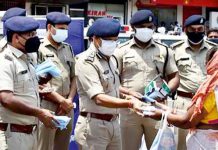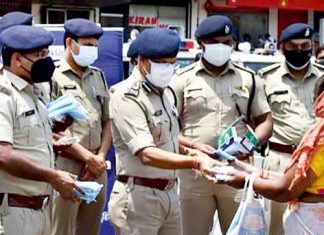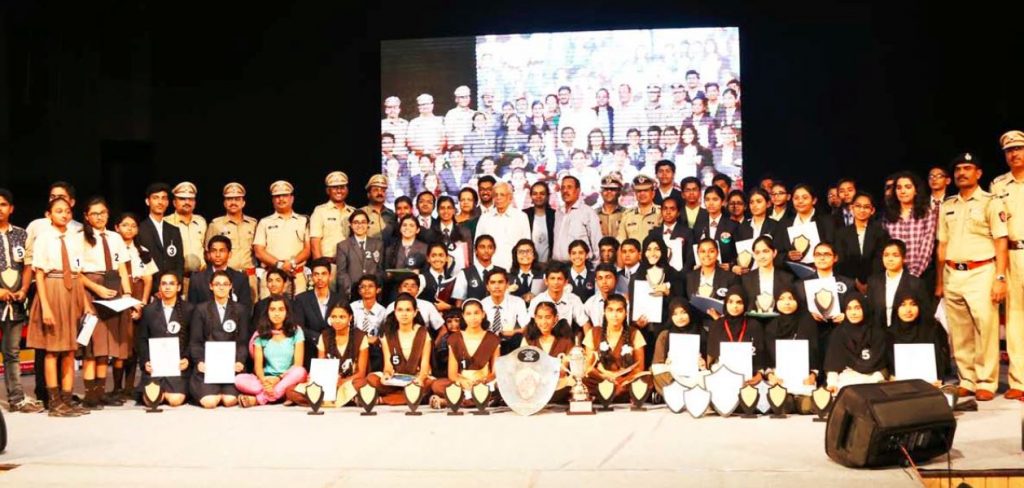
According to the crime data released by the National Crime Records Bureau (NCRB), Maharashtra has the second-highest number of juveniles in conflict with the law in the country. Of the national total of 31,396 crimes, Maharashtra contributed 5,482 cases i.e. 17.46%. The State is ranked 5th in the country in SLL (Special and Local Laws) crimes committed by juveniles. Of the national total of 2,037, Maharashtra contributed 211 cases i.e. 10.3%. In NDPS cases committed by juveniles, Maharashtra is ranked 2nd with 28 cases.
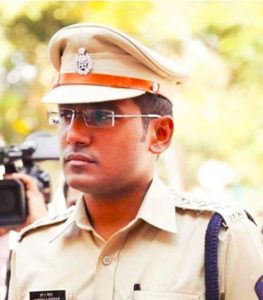 Distressing as it may sound, the State also has a high incidence of radicalisation among young people. With overwhelming data supporting the fact that a large chunk of Maharashtra’s youth is moving towards a violent direction, a concerned State Police has been working to address this issue. A community model has been designed and implemented in schools and colleges to foster greater interaction between the police force and students. But the top-down nature of this conventional model has ensured that, more often than not, the attempts have been in vain — the students listen to the words of the police officer but later dismiss what they have heard.
Distressing as it may sound, the State also has a high incidence of radicalisation among young people. With overwhelming data supporting the fact that a large chunk of Maharashtra’s youth is moving towards a violent direction, a concerned State Police has been working to address this issue. A community model has been designed and implemented in schools and colleges to foster greater interaction between the police force and students. But the top-down nature of this conventional model has ensured that, more often than not, the attempts have been in vain — the students listen to the words of the police officer but later dismiss what they have heard.
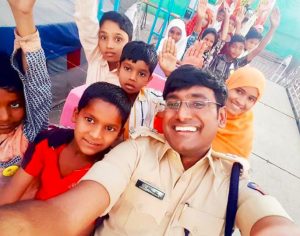 The Maharashtra Police needed to engage more constructively with the juvenile population vis-à-vis crime and radicalization. The good news is that a positive change is slowly but steadily rolling in. And this is transformation is happening due to the efforts of people like IPS Officer Harssh A Poddar. During his time at the Sardar Vallabhbhai Patel National Police Academy, Harssh A Poddar had conducted a workshop for blind children. The format of the workshop, however, was not a conventional lecture on disability rights. Instead, the students were divided into small groups of policy-making conclaves and asked to draft a law for the differently-abled.
The Maharashtra Police needed to engage more constructively with the juvenile population vis-à-vis crime and radicalization. The good news is that a positive change is slowly but steadily rolling in. And this is transformation is happening due to the efforts of people like IPS Officer Harssh A Poddar. During his time at the Sardar Vallabhbhai Patel National Police Academy, Harssh A Poddar had conducted a workshop for blind children. The format of the workshop, however, was not a conventional lecture on disability rights. Instead, the students were divided into small groups of policy-making conclaves and asked to draft a law for the differently-abled.
IPS probationers provided the students with the basics of legislative drafting such as the definition of disability, rights of the differently-abled, implementation, penal sanctions. This induced the children to act as their own agencies – examine how a law should be drafted, what would be the consent on the part of the State, and what are their basic disability rights.
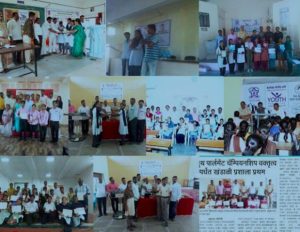 The success of this model in raising awareness through participation and thought-leadership caused the then DGP in the Maharashtra Government to encourage Poddar to design a similar model at a larger scale for the youth of Maharashtra. Thus began the concept of Director General’s Youth Parliament Championship – conceptualised and coordinated by Harssh A Poddar, IPS, ASP – Karveer.
The success of this model in raising awareness through participation and thought-leadership caused the then DGP in the Maharashtra Government to encourage Poddar to design a similar model at a larger scale for the youth of Maharashtra. Thus began the concept of Director General’s Youth Parliament Championship – conceptualised and coordinated by Harssh A Poddar, IPS, ASP – Karveer.
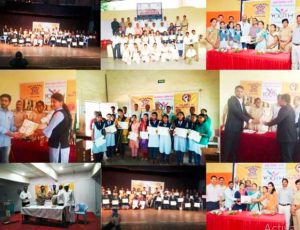 It is undeniable that crime has a strong backward linkage with delinquency spawned by alienation. In many instances, this alienation can take menacing forms such as terror radicalisation and heinous juvenile crime. This programme seeks to create a platform whereby law enforcement agencies can guide impressionable minds against the ramifications of such tendencies.
It is undeniable that crime has a strong backward linkage with delinquency spawned by alienation. In many instances, this alienation can take menacing forms such as terror radicalisation and heinous juvenile crime. This programme seeks to create a platform whereby law enforcement agencies can guide impressionable minds against the ramifications of such tendencies.
The Maharashtra Police Youth Parliament (MPYP) posts its burning issues relating to crime and radicalization before young minds and challenges them to come up with solutions in a competitive format. The core idea is that once young minds start thinking, researching and innovating about these issues on their own they will form long-term convictions against crime and terror. In due course, these students would emerge as thought leaders in society.
The operational model of this project consists of assigning an issue relating to crime or terror to a school/college represented by a five-member team. The team is thereafter supposed to assume upon itself the role of a government and present the issue in the following format:
- The causes and extent of the problem in Maharashtra and India.
- Suggest an innovative and workable model that can be executed to solve the problem by assuming upon themselves the role of a government.
- Suggest what the youth can do at an individual level to ameliorate the problem.
The selection of participating schools and colleges is done based on the demographic composition of the city/district. Greater participation is solicited from educational institutions that have a high representation of students from minority or marginalized communities, or any other segment of society where adolescents may be vulnerable.
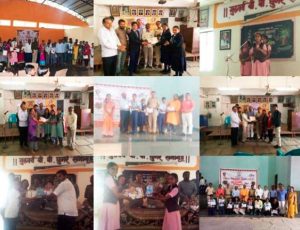 To keep the project as inclusive as possible, no restrictions have been placed upon the language. Teams can, therefore, participate in English, Hindi, Marathi or Urdu. The inaugural edition of the Project took place on June 25, 2015. It witnessed the participation of ten schools from both the rural and urban areas of Aurangabad. Students and faculty from 47 other schools and colleges of the district attended the event. In this edition, the model of the championship consisted of each participating team being assigned a particular social issue from the following – Left-wing extremism, terrorism, communalism, corruption economic offences, white-collar crimes, crimes against women, substance abuse, human trafficking, and vehicular traffic compliance.
To keep the project as inclusive as possible, no restrictions have been placed upon the language. Teams can, therefore, participate in English, Hindi, Marathi or Urdu. The inaugural edition of the Project took place on June 25, 2015. It witnessed the participation of ten schools from both the rural and urban areas of Aurangabad. Students and faculty from 47 other schools and colleges of the district attended the event. In this edition, the model of the championship consisted of each participating team being assigned a particular social issue from the following – Left-wing extremism, terrorism, communalism, corruption economic offences, white-collar crimes, crimes against women, substance abuse, human trafficking, and vehicular traffic compliance.
Key Benefits to Public and Government
- It was felt that it was necessary to scientifically assess the decriminalization and deradicalization impact that the MPYP project was having upon the target group (i.e. adolescents). In furtherance of this, a panel of psychology students under the coordination of the HoD (Psychology) of
 Dr Babasaheb Ambedkar Marathwada University (BAMU) was nominated. These students designed a Thematic Apperception Test (TAT), which is a non-intrusive means of testing the potential of an individual to veer towards crime or radicalization. A person who obtains a score of above 38 points in the test can be said to be potentially in a danger zone.
Dr Babasaheb Ambedkar Marathwada University (BAMU) was nominated. These students designed a Thematic Apperception Test (TAT), which is a non-intrusive means of testing the potential of an individual to veer towards crime or radicalization. A person who obtains a score of above 38 points in the test can be said to be potentially in a danger zone.
- When the above test was conducted on the participants of the MPYP (sample size of 50 students), it was noticed that the average score of the participants had dropped from 35.82 to 30.33 (a fall of approx. 5.5 points) in the period through which they had been involved in the project. This adduced a marked reduction in the potential for radicalization/ criminalization among the participants.
Procedural/ Administrative/ Legislative Changes
The following administrative mechanisms were adopted to make the execution of the project more efficient and widespread:
- Appointment of Deputy SPs (SDPO) as Nodal Officers: An SDPO rank officer was appointed as a nodal officer in each district to act as a central point of contact with the educational institutions and to arrange the necessary logistics within the district. Typically, a young Asst. SP (IPS) or a freshly recruited Dy. SP (Maharashtra Police Service) was nominated for this role to enable greater traction with the youth.
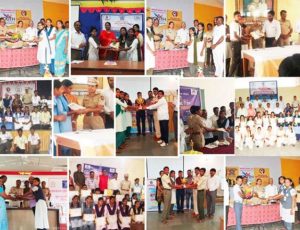 Standard Operating Procedures (SOPs): Since the execution of the project is being done in over fifteen districts, one runs the risk of the objectives and quality of the project getting diluted. Left unchecked, the project could easily have become an elocution/debate competition hosted by the police. Considering the same, stringent SOPs were drafted for each phase of the competition (police station, sub-divisional and district). The SOPs acted as a comprehensive quality-control checklist against which the impact of the project could be measured.
Standard Operating Procedures (SOPs): Since the execution of the project is being done in over fifteen districts, one runs the risk of the objectives and quality of the project getting diluted. Left unchecked, the project could easily have become an elocution/debate competition hosted by the police. Considering the same, stringent SOPs were drafted for each phase of the competition (police station, sub-divisional and district). The SOPs acted as a comprehensive quality-control checklist against which the impact of the project could be measured.- Educational Institutions: Liaison officers of the rank of Sub-Inspector were appointed for each school at the police station level. These officers were tasked with assisting the school administration in conducting intra-school selection rounds and helping the students prepare for the championship. This also helped establish a personal bond between the participating students and an identifiable officer from the local police station.
Financial Implications: A quantum of Rs 35 lakhs was thereby provided to Kolhapur Range (Rs 7 lakh being given to each of the five districts).
The youth of the country is its backbone. MPYP is one such initiative that is commendable as it is focused on uplifting the youth.
Our Correspondent

